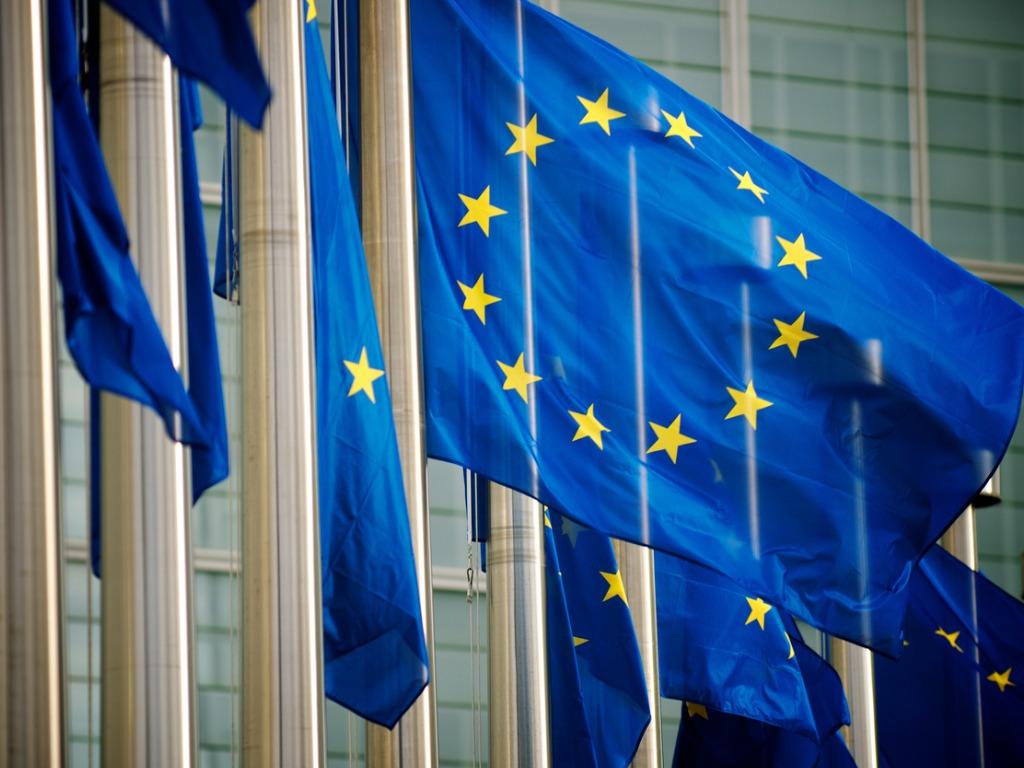EU Nearly on Track to Hit 2030 Climate Goals
The European Commission issued a new report today, assessing the energy and climate plans of EU member states, revealing that the EU is very nearly on track to hit its climate and energy targets, including its goal to cut greenhouse gas (GHG) emissions by 55% by 2030, compared to 1990 levels.
According to the report, the Commission’s assessment of the National Energy and Climate Plans (NECPs), the EU is currently on course to reduce net GHG emissions by around 54% by 2030, and that member states plans reflect an ambition to achieve a 41% renewable energy share, only slightly behind the EU’s 42.5% target.
The report also noted that the EU has already achieved a GHG emissions reduction of 37% as of the end of 2023 on a 1990 basis, despite 68% economic growth over the same period, including an 8% reduction in GHG emissions in 2023 alone.
The EU set its 55% emissions reduction target into law in 2021, alongside its goal to reach climate neutrality by 2050, raising its ambition from its prior 40% by 2030 goal. The Commission subsequently launched its “Fit for 55” initiative, introducing a broad series of legislation aimed at supporting the interim climate goal, including expanding its Emissions Trading System, introducing a carbon import tax, and setting emissions reduction targets and initiatives for key carbon-intensive industries.
EU member states are required to regularly submit NECPs, outlining how they intend to meet the 2030 climate and energy targets. Under the current round, draft NECPs were due to be submitted in June 2023, and in an assessment of the drafts issued in December 2023, the Commission called on member states to improve their plans, highlighting “a clear need for extra efforts.” Final NECPs were due in June 2024, and the Commission in its new assessment said that member states have “substantially improved final plans.”
In addition to the topline findings, the report also found that sectors covered by the EU’s Effort Sharing Regulation, including domestic transport, buildings, agriculture, small industry and waste, which account for almost 60% of total domestic EU emissions, are on track to decrease emissions by 38% by 2030, slightly behind the regulation’s target of 40%, with the Commission noting that the updated NECPs placed more emphasis on policies for decarbonizing transport and buildings, relative to the draft plans.
The report also found that the EU land sector is not on track to meet a target to remove an additional 42 million tonnes of CO2 by 2030, noting that “the land sector has stored less and less carbon from the atmosphere in recent years,” and is not expected to improve.
Additionally, the report found that member states’ plans were behind target on energy efficiency, with NECPs reflecting an energy consumption reduction ambition of 8.1% by 2030, compared to the 11.7% EU goal.
The Commission is expected to release a proposed 2040 emissions goal this year, and in February 2024, recommended a 90% reduction for the new target.
Teresa Ribera, Executive Vice-President for Clean, Just and Competitive Transition
“Europe is proving that reliable and predictable science-based targets and adequate regulation deliver. The updated National Energy and Climate Plans show that the green agenda is not just a target but a way to modernise our economies and to bet on industrial innovation and more opportunities for Europeans. Our task now is to deepen in our capacities and boost action with no delays. We can deliver 55% and we need to build the conditions to reach 90% by 2040.”
Click here to access the Commission’s assessment of the NECPs.







